In Japan, there are lots of temples—more than 1000 temples around the city; among these historical religious sites in Japan is Kyoto city. This city is rich in ancient temples in Kyoto. Centuries-old temples are essential spiritual and cultural sites, highlighting the religious legacy of the town. There are many Kyoto ancient temples, but here we are talking about some of them. With each of the top nine Kyoto’s ancient temples providing a different spiritual experience, this page will help you navigate them. This trip will lead you through some of Kyoto’s most famous and finest Buddhist temples, whether you are interested in Shinto shrines or Buddhist temples in Kyoto themselves. Most historical religious sites in Japan are listed below.
Kinkaku-ji, The Golden Pavilion
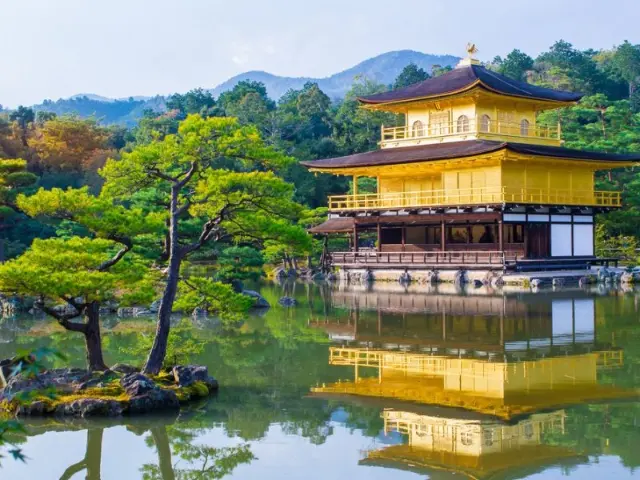
Among Kyoto’s most well-known temples is Kinkaku-ji. The Buddhist temples in Kyoto are sometimes called the Golden Pavilion. The gold leaf covering the building’s outside gives its name. Built in the fourteenth century, this Zen Buddhist temples in kyoto has come to represent calm and quiet ever since. One of Kyoto’s top temples to visit for a calm experience, visitors can take in the lovely reflection of the pavilion in the nearby pond.
The deck of the temple has an outstanding Zen garden and teahouse that offer an understanding of Buddhist plans and techniques. Kinkaku-ji, among Kyoto’s most important Buddhist temples, is still a must-visit landing place for everyone charmed by Kyoto’s historic sites, which is also one of the best temples in Kyoto.
Ginkaku-ji (The Silver Pavilion)
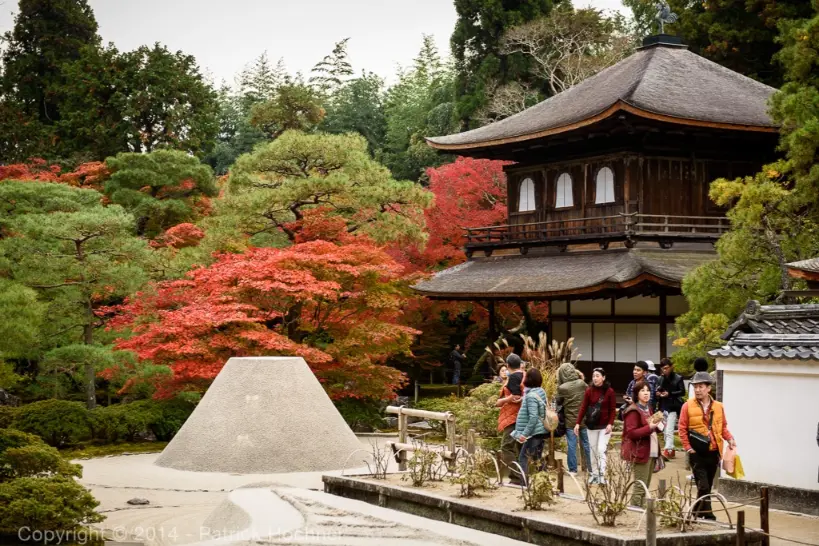
Built-in the 15th century as a shogun Ashikaga Yoshimasa’s retirement house, Ginkaku-ji, the Silver Pavilion Though it’s known as the Silver Pavilion, it never had a silver covering like its counterpart, Ginkaku-ji. The temple is known for its mirrored sand garden and calm Zen gardens.
Walking around Ginkaku-ji lets one see the calm beauty of Kyoto’s historic temples, where guests may contemplate and enjoy the peace. Another highlight runs beside the temple: the Philosopher’s Path. For those wishing to experience a calm and reflective spiritual trip, visit the best temples in Kyoto.
Kiyomizu-Dera
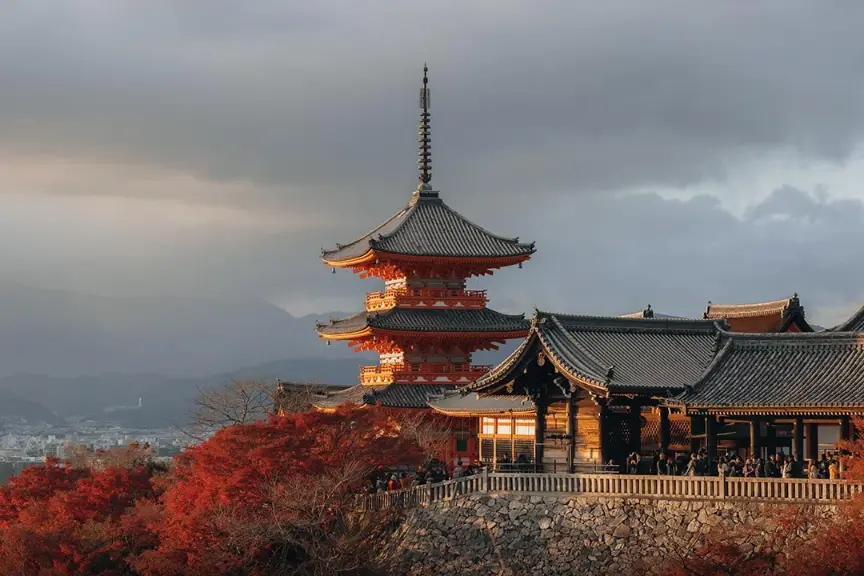
Among Kyoto’s most recognizable temples is Kiyomizu-dera. Built beginning in 780, this Buddhist temple honors Kannon, the Goddess of Mercy. Renowned for its big wooden stage, which stretches from the main hall of the temple and provides breathtaking views of Kyoto’s surrounding trees, at the base of the temple, the Otowa Waterfall is a popular place where guests sip holy water to grant their desires.
Kiyomizu-dera is a UNESCO World Heritage Site and among the most often visited Kyoto old temples. Still a significant spiritual and cultural site, it reflects a significant portion of Japan’s religious past.
Fushimi Inari-Taisha

One of the most significant Shinto shrines in Kyoto, Fushimi Inari-taisha, honors Inari, the Shinto god of rice and wealth. Thousands of scarlet torii gates, which create a road leading up to the holy Mount Inari, define the Shinto shrines in Kyoto most famously. The climb provides breathtaking views of Kyoto, and the trip across these gates is seen as a spiritual pilgrimage.
Among the most famous ancient religious sites in Japan, Fushimi Inari-taisha reflects the close relationship between people and the environment of the country. Considered Inari’s messengers, visitors can tour lesser shrines and statues of foxes. For people wishing to engage in the Shinto customs of Japan, this shrine is among Kyoto’s top temples.
Ryoan-ji
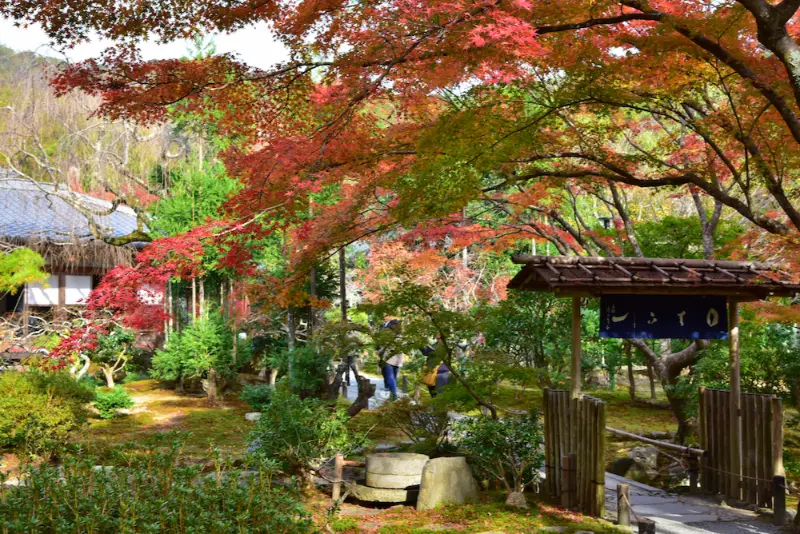
Renowned for its rock garden, a Zen Buddhist temple emblem of simplicity and meditation, Ryoan-ji is Though only 14 can be seen at once from any angle, the garden comprises 15 rocks set on a bed of white gravel. The layout invites guests to consider the design’s greater significance.
A UNESCO World Heritage Site and among Kyoto’s most significant Buddhist temples, Ryoan-ji One of Kyoto’s top temples for introspection and meditation, the temple and its rock garden provide a serene haven from the busyness of modern life.
To-ji Temple
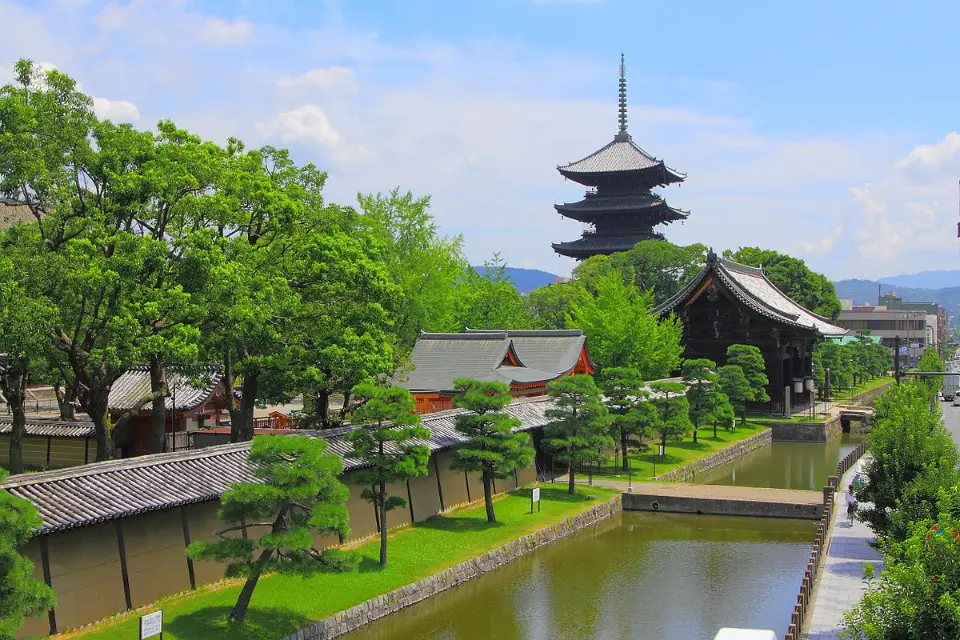
Among Kyoto’s oldest temples, the To-ji Temple is important in Esoteric Buddhism. Established in the eighth century, it features the five-story pagoda of Japan, a symbol of the spiritual value of the temple.
Additionally well-known monthly is To-ji’s flea market, which lets guests peruse cuisine, crafts, and antiques. One of Kyoto’s top temples to study Japanese religious history is the temple, given its cultural and historical value. Remarkably a certified UNESCO World Heritage Site, it is still a major site of knowledge on the evolution of Buddhism in Japan.
Nanzen-ji
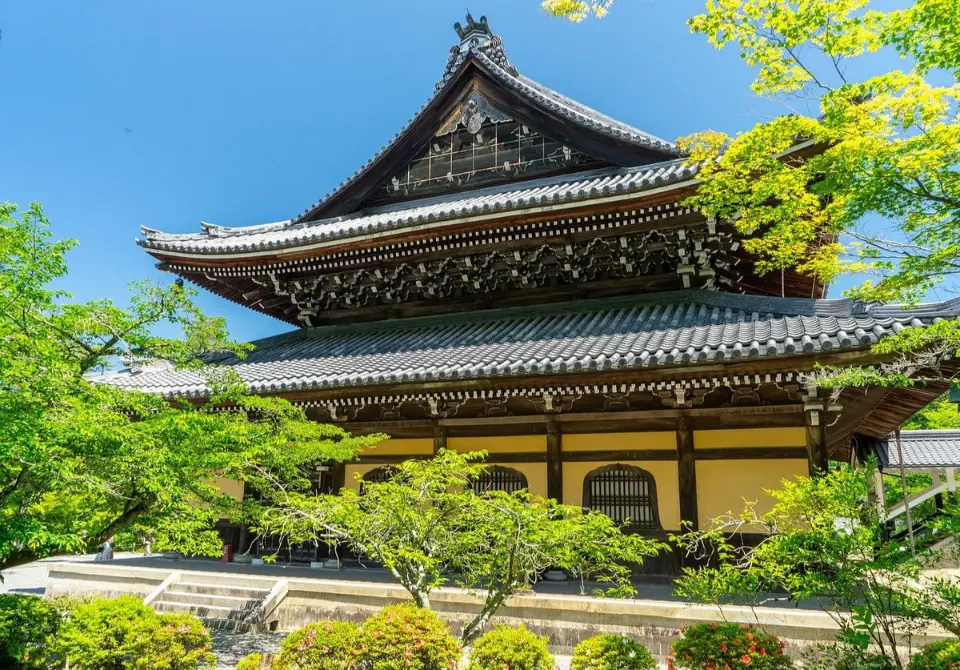
Among Kyoto’s many and most significant Zen temples is Nanzen-ji. Originally a palace, built in the 13th century, it was turned into a temple. Within its grounds, Nanzen-ji boasts a well-known stone aqueduct, lovely gardens, and several smaller temples.
Particularly for anyone engaged in Zen meditation, this temple has great spiritual value. Walking over the large temple grounds, visitors can stop at the Sanmon Gate to have sweeping Kyoto views. For those looking to experience the whole Zen experience, Nanzen-ji is among Kyoto’s finest temples.
Tenryu-ji
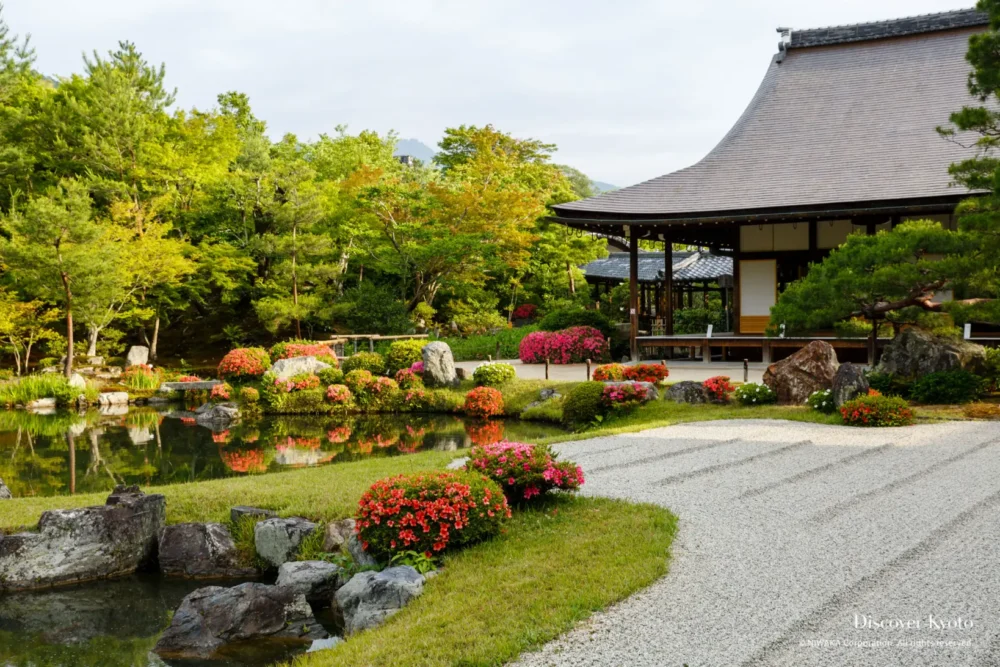
One of Kyoto’s main Zen Buddhist temples is Tenryu-ji in the Arashiyama area. Established in the fourteenth century, it was vital to the evolution of Zen Buddhism in Japan. Renowned for their beauty and UNESCO World Heritage Site status, the temple’s gardens—especially the Sogenchi Garden—are
For those who enjoy the natural surroundings of Kyoto, Tenryu-ji is among the top temples there to explore the Arashiyama Bamboo Forest. A perfect stop for people looking for peace and quiet, the temple provides a spiritual link to both Zen ideas and the natural surroundings.
Sanjusangen-do
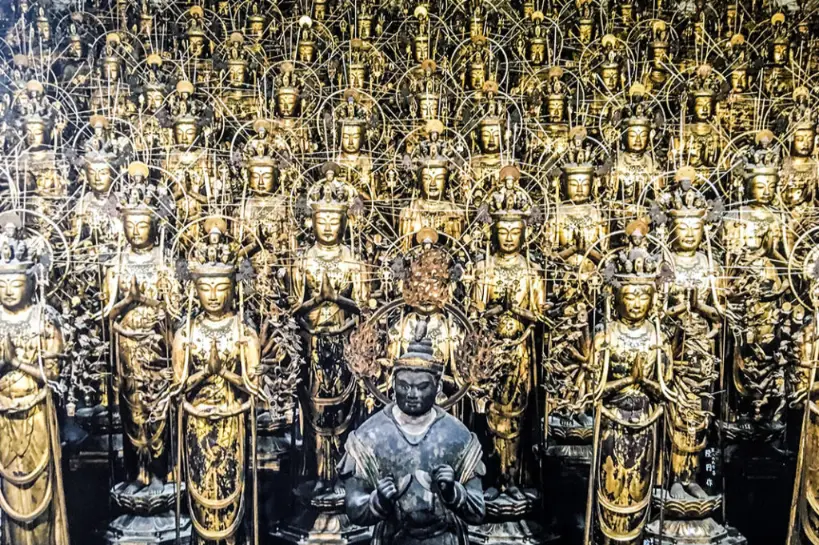
Renowned for hosting 1,001 images of Kannon, the Goddess of Mercy, Sanjusangen-do is an old Buddhist temple in Kyoto. Translating the temple’s name as “Hall of 33 Bays” speaks to the lengthy hall’s construction where the statues are housed.
Renowned for its yearly archery tournament, whereby competitors try to shoot arrows the length of the hall, this temple has immense spiritual value. Among Kyoto’s top temples to see both religious dedication and Japanese cultural customs is Sanjusangen-do.
In summary
Kyoto’s old temples are spiritual locations reflecting the deep-rooted religious and cultural traditions of the city, not only historical sites. Every temple provides a different experience, whether you are interested in learning more about Shinto shrines in Kyoto or visiting Buddhist temples there. Still revered as significant sites for both residents and tourists, these top 9 Kyoto ancient temples offer a window into the spiritual legacy of the city. From the serene rock gardens at Ryoan-ji to the soaring pagoda at To-ji, Kyoto’s temples honor Japan’s religious and architectural legacy.

